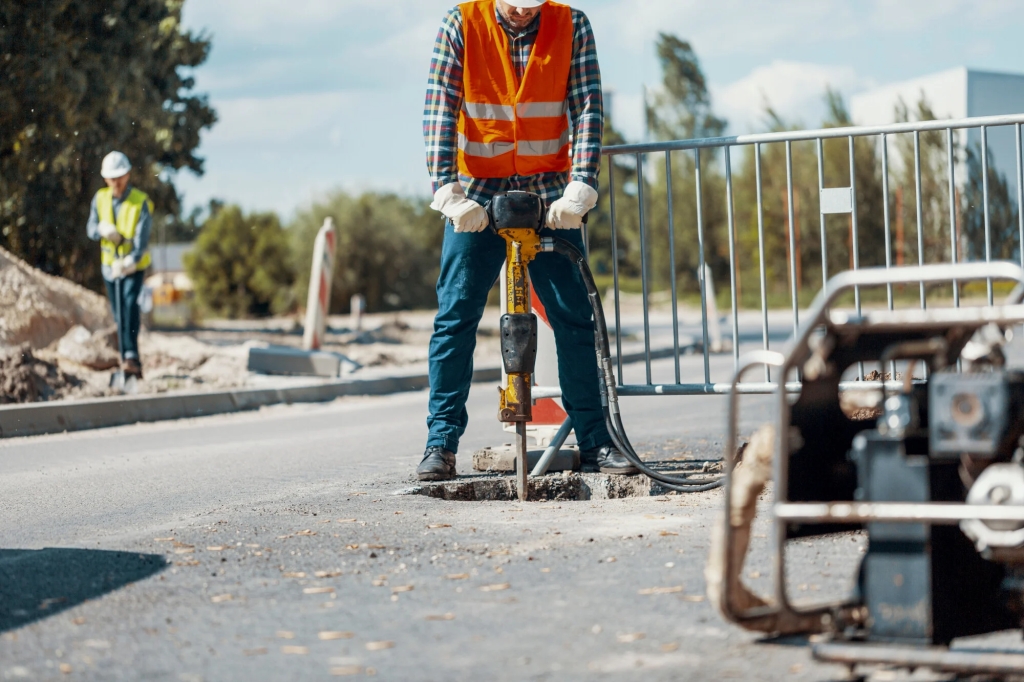
Foundation drilling is a specialized construction technique that involves creating deep, stable, and reliable foundations for various structures. It plays a pivotal role in the successful completion of building projects, ensuring the stability and longevity of structures such as high-rise buildings, bridges, dams, and even residential homes. In this article, we will explore the key advantages of foundation drilling and how it contributes to the construction of sturdy and durable structures.
One of the primary advantages of foundation drilling is its ability to create foundations with exceptional load-bearing capacity. By drilling deep into the ground, foundation engineers can reach stable soil layers capable of supporting heavy loads. This capacity is crucial for tall buildings, which must withstand significant vertical and lateral forces throughout their lifetime.
Foundation drilling techniques are highly versatile and can be adapted to suit various soil and geological conditions. Different drilling methods, such as auger drilling, drilled shafts, and micro-piles, are available to address specific project requirements. This adaptability allows foundation engineers to design tailored solutions for different types of structures and ground conditions.
Foundation drilling offers efficient time management for construction projects. Drilling can be completed relatively quickly, reducing the overall construction timeline. Additionally, the use of advanced drilling equipment and technology streamlines the process, ensuring that projects stay on schedule and avoid costly delays.
Compared to traditional foundation construction methods, foundation drilling causes minimal disruptions to the surrounding environment. Smaller equipment and reduced excavation requirements result in less noise, dust, and debris during the drilling process. This is particularly advantageous in urban areas where minimizing disturbances is essential to maintaining a harmonious neighborhood.
Foundation drilling is considered an environmentally friendly construction method. Since it involves less excavation, it reduces the amount of soil disturbance and material waste generated during the construction process. Additionally, modern drilling techniques often utilize low-emission equipment, contributing to a greener and more sustainable construction approach.
Certain construction sites may present challenging soil conditions, such as soft clay, loose sand, or unstable bedrock. Foundation drilling allows engineers to reach deeper, more stable soil layers that can support the structure adequately. Specialized drilling techniques, such as grouting or casing, can be employed to enhance the stability of the foundation in difficult soil conditions.
Foundation settlement, which can lead to structural issues over time, is a common concern in construction. By drilling deep foundations, engineers can minimize the risk of settlement and prevent potential damages to the structure. The stable foundation provided by drilling ensures the long-term integrity of the building or infrastructure.
In regions prone to natural disasters like earthquakes or floods, foundation drilling can be critical for building resilience. The deep and stable foundations created through drilling are more resistant to ground shaking during earthquakes and can withstand water pressure during floods, offering a higher level of protection to the structure and its occupants.
Despite being a specialized technique, foundation drilling often proves to be cost-effective in the long run. The enhanced load-bearing capacity and minimized risks of structural issues help avoid costly repairs or retrofitting in the future. Additionally, the efficiency of the drilling process reduces labor and construction time, leading to potential cost savings.
In conclusion, foundation drilling is a crucial construction technique that offers numerous advantages for the creation of sturdy and durable structures. Its ability to enhance load-bearing capacity, versatility, and adaptability make it a preferred choice for various projects. Foundation drilling ensures efficient time management, minimizes site disruptions, and exhibits environmental friendliness. Moreover, it provides stability in challenging soils, mitigates foundation settlement, and enhances resistance to natural disasters. By combining engineering expertise with modern drilling technology, southern california foundation drilling professionals can confidently rely on foundation drilling to lay the groundwork for safe and enduring structures.
Leave a comment